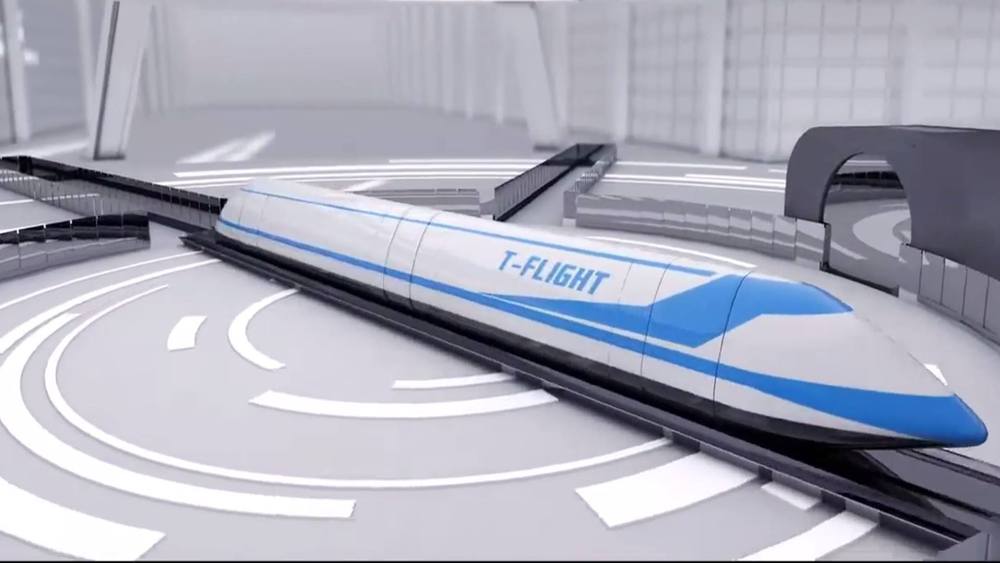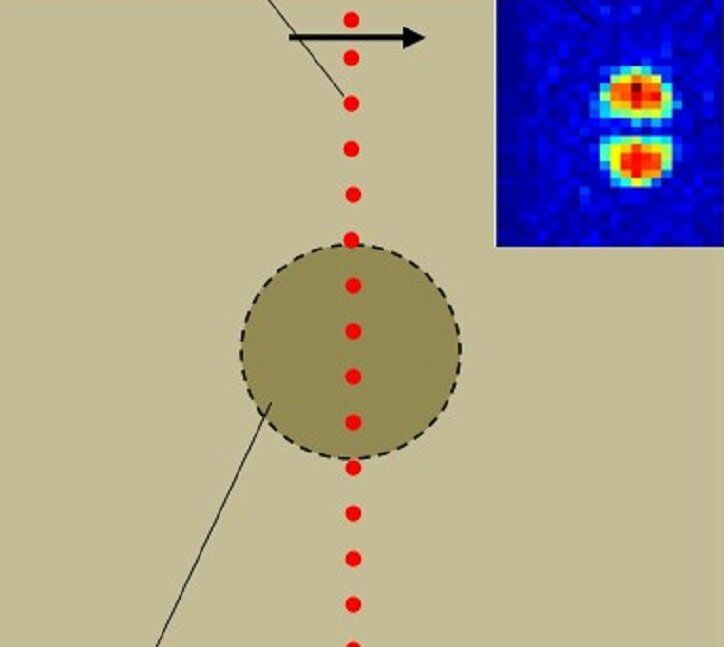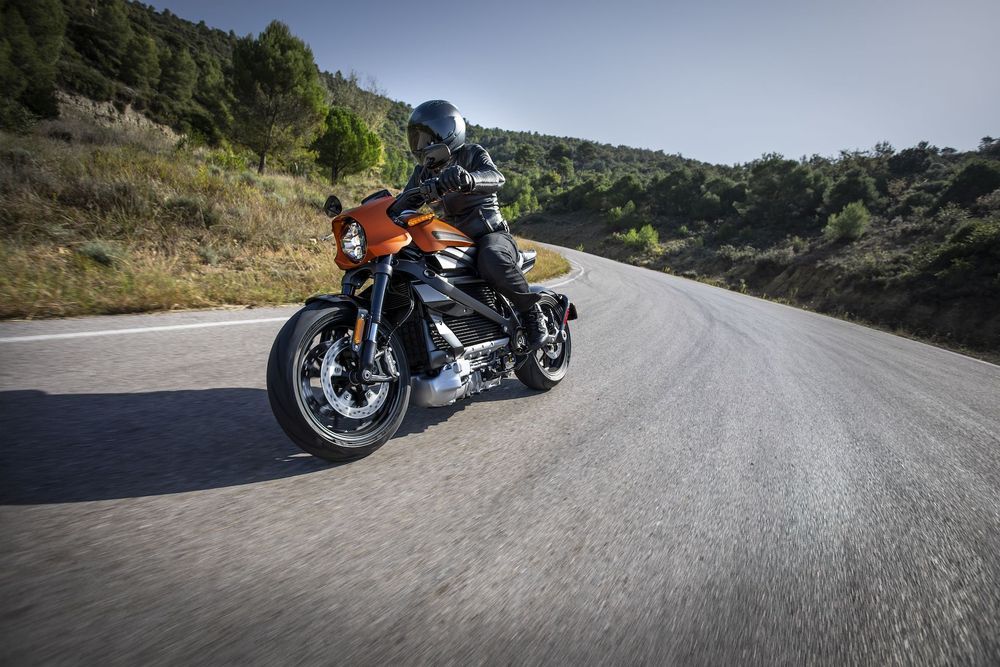Archive for the ‘transportation’ category: Page 407
Sep 14, 2019
The self-healing car!
Posted by Shailesh Prasad in categories: business, transportation
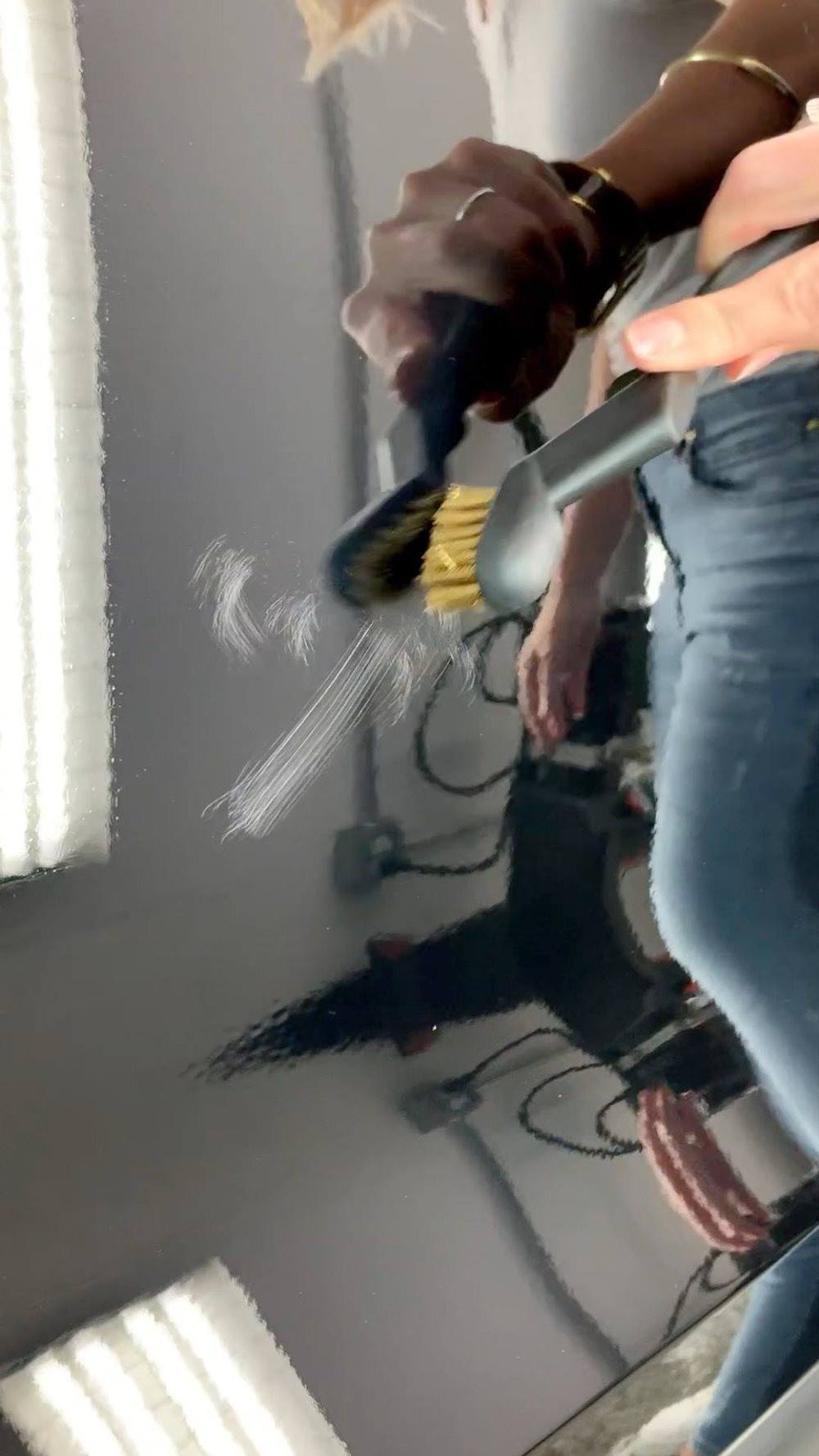
Watch what happens when I scratch Brent Rivera ‘s car…! It heals itself because of the SunTek Window Film Paint Protection Film it has on it. Highly recommend these guys! They use 3D scanning tech and also have the biggest film in the business which means no seam lines. Hit them up if you want your car to look like new for years and years… SunTekfilm & Envious Detailing.
#sponsored #SunTekPPF #SunTek #SunTekFilms #GetSunTek #PPF #PaintProtectionFilm #PorscheMacan #EnviousDetailing
Sep 13, 2019
New vibration sensor detects buried objects from moving vehicle
Posted by Quinn Sena in categories: government, transportation
Detecting landmines can be a challenging and slow process. Detecting them from a moving vehicle would make the process more speedy, but at the expense of accuracy.
At the Optical Society’s (OSA) Laser Congress, held 29 September—3 October 2019 in Vienna, Austria, researchers from the University of Mississippi, U.S.A., will report a new laser-based sensor that effectively detects buried objects even while the detector is in motion. This new device offers a significant improvement over existing technologies, which cannot be operated on the go and lose accuracy in the presence of external sources of sound or vibration.
Laser Doppler vibrometers (LDVs) combined with vibration excited in the ground have shown promise for detecting landmines and other buried objects, but their sensitivity to environmental vibrations mean they must be operated from a special stable platform. The device, called a Laser Multi Beam Differential Interferometric Sensor (LAMBDIS), provides comparable detection capabilities but is far less sensitive to motion, allowing it to be used aboard a moving vehicle.
The Under Armour Fat Tire GTX uses cutting-edge technology to help you tackle any trail. Taking design inspiration from off-road fat tire bikes, these boots are built on a Michelin outsole with a Wild Gripper rubber compound for excellent traction on a wide variety of terrain. A breathable GORE-TEX membrane provides total waterproof protection, and the UA Charged foam cushioning system delivers ultimate energy return and impact protection. The BOA speed closure system uses a unique click and turn dial and stainless steel laces to lock your feet in place faster than regular laces. These boots also feature a Cupron copper-infused sockliner that wipes out odor-causing bacteria to keep feet fresh. Built with composite textile and foam construction, these comfortable boots won’t let anything stand in your way on the trail.
Sep 13, 2019
Toyota Wants to Slather Solar Panels All Over Its Prius Hybrid
Posted by Quinn Sena in categories: solar power, space, sustainability, transportation
Since July, Toyota has been working on a brand-new design. It features special, much higher efficiency solar panels that are mounted on the hood, roof and even hatchback of the car, charging the car’s batteries even when it’s moving.
Panel Van
The new solar system could allow the Prius to cover 50 kilometers, four days a week, on solar alone, Bloomberg reports.
Sep 13, 2019
Toyota Is Trying to Figure Out How to Make a Car Run Forever
Posted by Quinn Sena in categories: solar power, sustainability, transportation
Put together the best solar panels money can buy, super-efficient batteries and decades of car-making know-how and, theoretically, a vehicle might run forever.
That’s the audacious motivation behind a project by Toyota Motor Corp., Sharp Corp. and New Energy and Industrial Technology Development Organization of Japan, or NEDO, to test a Prius that could revolutionize transportation.
Sep 12, 2019
It Looks Like Tesla Will Attempt To Set An Absurdly Specific Record At The Ring With A 7-Seat Model S
Posted by Genevieve Klien in categories: sustainability, transportation
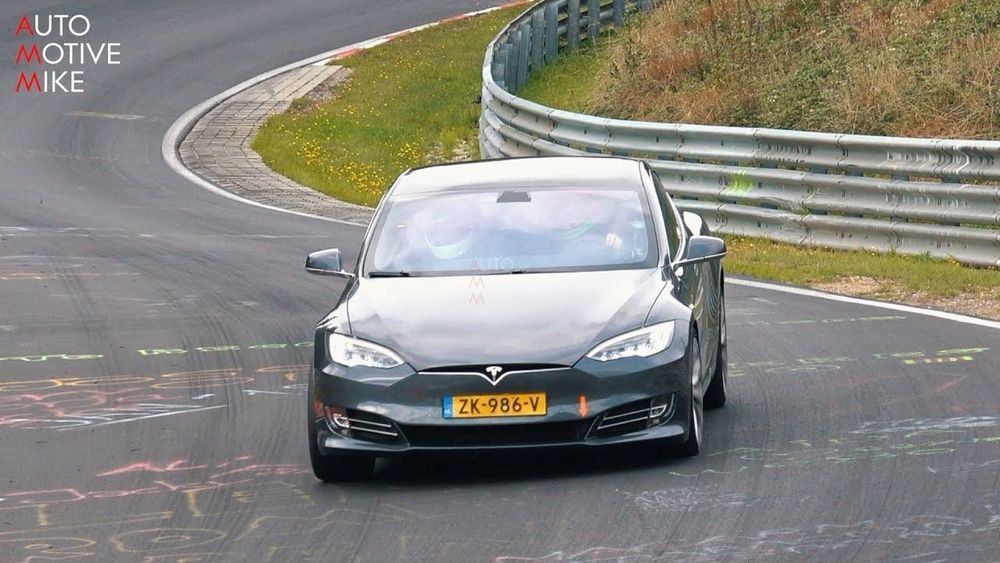
While pretty much all of the recent obsession with setting Nürburgring Ring lap record times and the rivalry between Tesla and Porsche is sort of idiotic genital-measuring, there is one foolproof way to guarantee that a record will be set: make the criteria for the record so specific that pretty much any result will set a record. That seems to be exactly what Tesla is planning by running a seven-seat Model S.
As with everything important in our world now, this all started with a tweet:
Sep 11, 2019
Audi AI: Trail concept is one rugged EV
Posted by Quinn Sena in categories: robotics/AI, space, transportation
Sep 11, 2019
Love The Netherlands
Posted by Shailesh Prasad in categories: materials, transportation
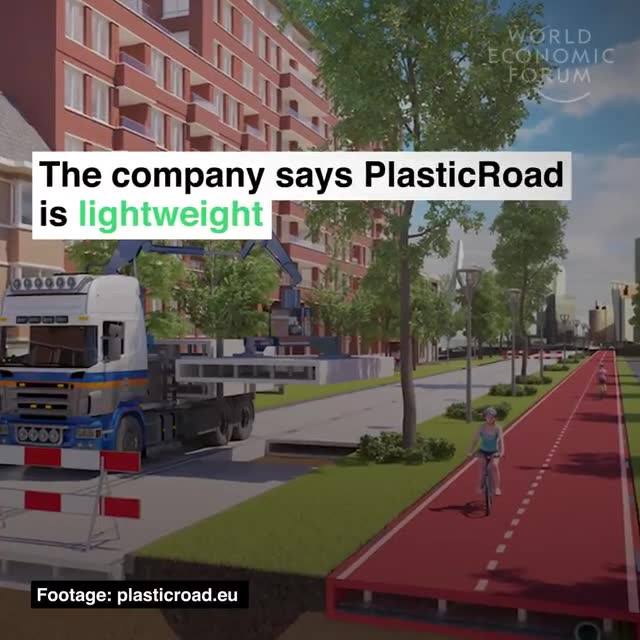
The Netherlands is building roads out of plastic waste. Take a journey down the plastic highway 😍😍.
The Netherlands is building roads out of plastic waste. Take a journey down the plastic highway 😍 😍
Sep 11, 2019
Harley-Davidson Livewire electric motorcycle range, performance specs revealed
Posted by Genevieve Klien in categories: sustainability, transportation
Harley-Davidson has released full specs for its Livewire electric motorcycle, with the 15.5-kwh battery pack providing a city range of 146 miles and DC fast-charging cutting charge times to an hour.
